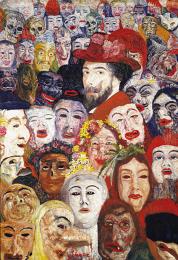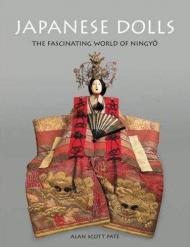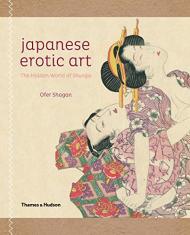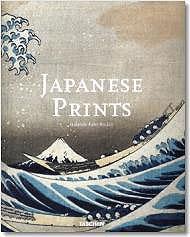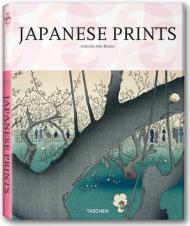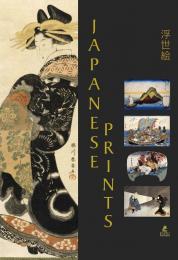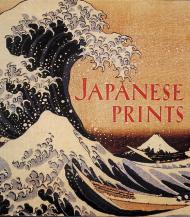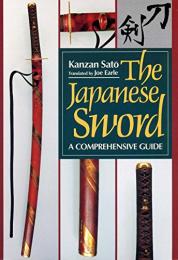Inside the Mind of Jamie Hewlett. 25 years of works, from Gorillaz to The Suggestionists
From Tank Girl to art-pop phenomenon Gorillaz, Jamie Hewlett is one of the most energetic pop culture figures of the past 20 years. Gathering more than 400 of his artworks, including strips, sketches, and works from his Saatchi Gallery show in 2015, Hewlett’s first-ever monograph celebrates a polymath artist who refuses to rest on his laurels, or to be pigeonholed in any particular practice.
From the legendary Tank Girl to live-action animations with Gorillaz, a Chinese contemporary opera to an exhibition at the Saatchi Gallery, artist Jamie Hewlett is one of the most energetic figures of contemporary pop culture.
With influences ranging from hip hop to zombie slasher movies, Hewlett emerged in the mid-1990s as co-creator of the zeitgeist-defining Tank Girl comic. With then-roommate Damon Albarn, he went on to create the unique cartoon band Gorillaz, a virtual pop group of animated characters, who have recorded five albums and mounted breathtaking live spectacles.
Since then, Hewlett has continued to collaborate with Albarn on projects including an elaborate staging of the Chinese novel Monkey: Journey to the West by Wu Cheng’en, complete with circus acrobats, Shaolin monks, and Chinese singers. In 2006, he was named “Designer of the Year” by the Design Museum in London, and in 2009, Hewlett and Albarn won a BAFTA for their animated Monkey sequence for the Beijing Olympic Games. More recently, The Suggestionists, an exhibition of prints at the Saatchi Gallery in London, demonstrated an exciting new direction in Hewlett’s practice.
This TASCHEN edition, Hewlett’s first major monograph, illustrates his thrilling creative journey with more than 400 artworks from the Tank Girl era through Gorillaz and up to the present day. Through stories, characters, strips, and sketches, we trace Hewlett’s exceptional capacity for invention and celebrate a polymath artist who refuses to rest on his laurels, or to be pigeonholed into a particular practice.
Sold out after just two weeks, this second edition features a brand new cover.
About the author:
British artist Jamie Hewlett is a compulsive producer of ever-fresh material infused with a punk touch. Moving between design, art and music, the creator of Tank Girl and characters in the virtual band Gorillaz was awarded Designer of the Year by the Design Museum in 2006, and staged his first solo exhibition at London’s Saatchi Gallery in 2015. The first Gorillaz album in seven years was released in 2017.
The editor:
Julius Wiedemann studied graphic design and marketing and was an art editor for newspapers and design magazines in Tokyo before joining TASCHEN in 2001. His titles include the Illustration Now! and Record Covers series, as well as the infographics collection and books about advertising and visual culture.
